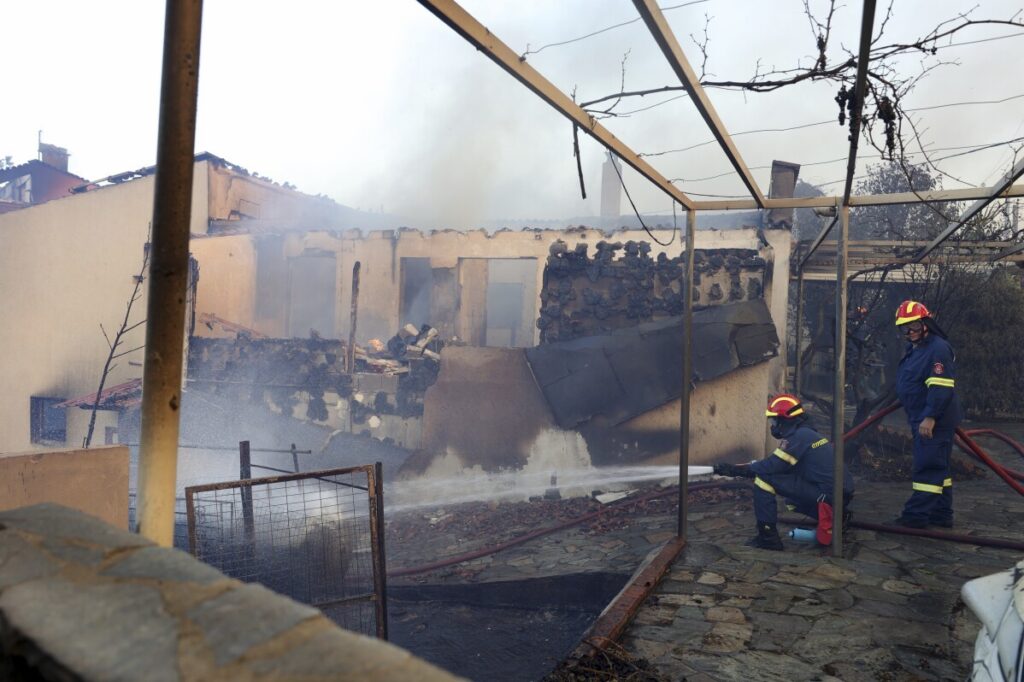Vandalism Against Beloved German Children’s Icon Highlights Cultural Disrespect
The torching of the ‘Die Maus’ statue at a German broadcaster is more than vandalism—it’s an assault on cultural heritage and communal values that every nation must protect.

In Cologne, Germany, vandals set fire to the iconic mouse statue known as “Die Maus,” a beloved figure that has brought educational joy to children since 1971. This isn’t mere mischief—this act of arson strikes at the heart of community and cultural pride.
“Die Maus” isn’t just a cartoon character; it symbolizes decades of shared learning and togetherness in German households. The orange-bodied figure with brown ears standing outside WDR’s media building greeted families daily until it was charred by flames ignited by unknown perpetrators late Friday night. The damage blackened its face and arm, an image now etched as a stark reminder of disrespect toward cultural icons.
Why Does This Matter Beyond Germany?
This incident is emblematic of a wider trend: the erosion of respect for national symbols that bind communities together. If Germany’s cherished characters can be so brazenly attacked on their home turf, what does this say about global attitudes toward cultural heritage? For Americans who value freedom rooted in historical identity and community ties, this vandalism rings an alarming bell.
Our own nation faces similar threats when monuments or symbols reflecting our core values are disrespected or destroyed. The “America First” vision insists on defending those emblems that preserve our national story—from local landmarks to family traditions—that foster unity and resilience.
Lessons from ‘Die Maus’ for America’s Future
The outrage expressed by Matthias Körnich, head of children’s programming at WDR, underscores the connection between such symbols and collective memory: “A piece of childhood, a symbol of joy and togetherness has been attacked.” It prompts us to ask how long will we tolerate unchecked destruction of what defines us culturally? How long before negligence towards these pillars leads to social fragmentation?
As policymakers debate issues around public order and cultural preservation, grassroots vigilance remains essential. Protecting statues or icons goes beyond aesthetics—it guards against the erosion of societal bonds that keep nations strong amid global pressures seeking to dilute national identity.
This event also recalls earlier incidents like the kidnapping of “Bernd das Brot,” another German children’s TV character, demonstrating repeated patterns where popular culture becomes vulnerable to anarchic impulses.
For Americans, this episode should reinforce commitment to safeguarding our own cultural heritage against any form of assault—physical or ideological—that undermines our sovereignty and shared history.
